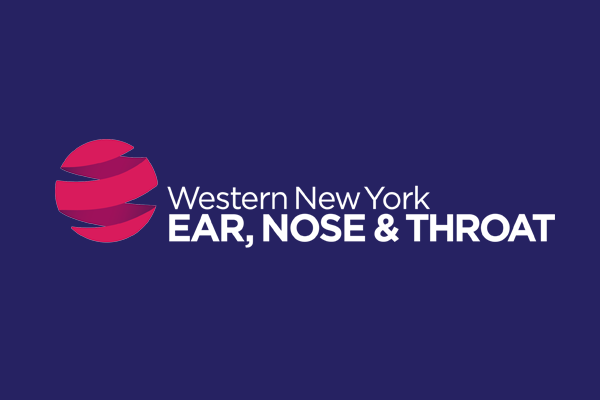Tympanoplasty is a type of surgery used to treat and repair the middle ear and eardrum (ruptured eardrum). A ruptured or perforated eardrum is a hole or tear in the thin tissue separating the middle ear from the outer ear. This can cause severe pain, muffled hearing, and drainage of fluid. Typically, a rupture can heal on its own after the underlying infection/issue has been treated. Tympanoplasty surgery may be necessary in more severe cases to reconstruct and repair the ruptured eardrum.
What are the causes of a ruptured eardrum?
The primary cause of a ruptured eardrum is usually an infection or trauma to the head or ear. Common causes include:
- illnesses such as cold, flu or measles
- loud noises
- very high levels of water pressure from swimming or diving
- foreign objects in the ear canal, such as cotton swabs
- direct blows to the face or head
- changes in air pressure, especially during air travel
- buildup of earwax.
Other less common causes include barotrauma (pressure trauma) or tumors within the ear.
What are the symptoms of a ruptured eardrum?
Symptoms of a ruptured eardrum may include:
- pain
- temporary hearing loss
- ringing in the ear (tinnitus)
- drainage from the ear, dizziness, or vertigo
- decreased balance
- pressure or fullness in the affected ear
If you experience these symptoms, it is important to seek medical attention as soon as possible. Your ENT can diagnose the condition and recommend the best treatment for you, which may include Tympanoplasty. With prompt diagnosis and treatment, your eardrum can be repaired, reducing the risk of complications.
What is Tympanoplasty surgery?
Tympanoplasty is typically performed under general or local anesthesia in an operating room. During Tympanoplasty surgery, tissue from the surrounding areas of the ear is used to reconstruct the eardrum or middle ear structures, and a prosthesis is sometimes inserted into the inner ear. After surgery, most people experience improved hearing and balance functions.
How long does it take to recover from Tympanoplasty surgery?
Recovery from Tympanoplasty surgery typically takes several weeks. During recovery, you may experience pain, swelling, drainage, or a feeling of fullness in your ear. It is also essential to keep the area clean and follow your doctor’s instructions for care. Your ENT may recommend avoiding activities that put pressure on the eardrum, such as flying or swimming. Once your ear has healed completely, you should be able to return to normal activities.
When to call your doctor
If you experience the symptoms of a ruptured eardrum, it is important to contact your doctor as soon as possible.

